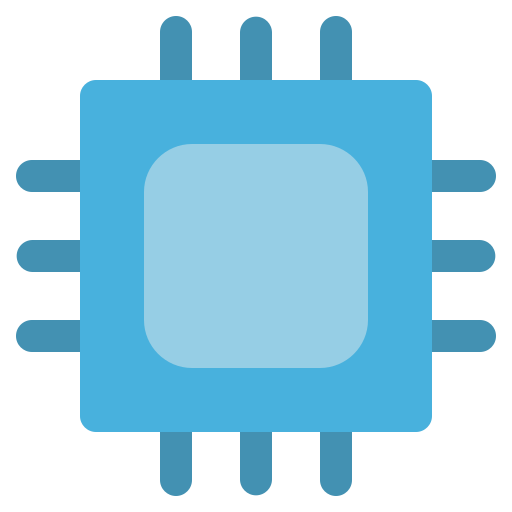I’ve had multiple reads fail on a fairly new drive.
I did a smartctl -t long /dev/sdb but after checking back a few minutes later smartctl -a /dev/sdb showed that no tests were running and that the previous test had “the read element of the test failed”.
I did smartctl -t offline /dev/sdb next and after that was done smartctl -x /dev/sdb showed about 1500 errors but it also reported SMART as PASSED.
Here is the output of smartctl -x /dev/sdb: https://pastebin.com/09rNZZfD
How should I interpret these results? Was my assumption that the long test was done wrong? Should I replace the drive? Or might something else be wrong, like the SATA connection?
SMART sucks.
Iirc Seagate use hex and modulus calculations, meaning the data looks scary but is totally fine. Do a google search for “interoperate seagate smart data” and there are a bunch if good resources and potentially apps that will help.
The primary smart parameters are passing but its a bit concerning that such a young drive is showing read error count, that isn’t a good sign even if its within the makers tolerance. What failed was just the long test you requested.
Its not uncommon for drives to fail in weird ways and the smart shows as fine. When you come across problems like a long test failing or occasional checksum problems on your raid array or a read error its a better indicator that something is wrong. Presumably something made you think you better run a long test, and then it failed. I would say Contact reseller for warranty replacement you have enough to go on showing there is something going wrong on the drive, long tests should not be failing on a healthy device.


